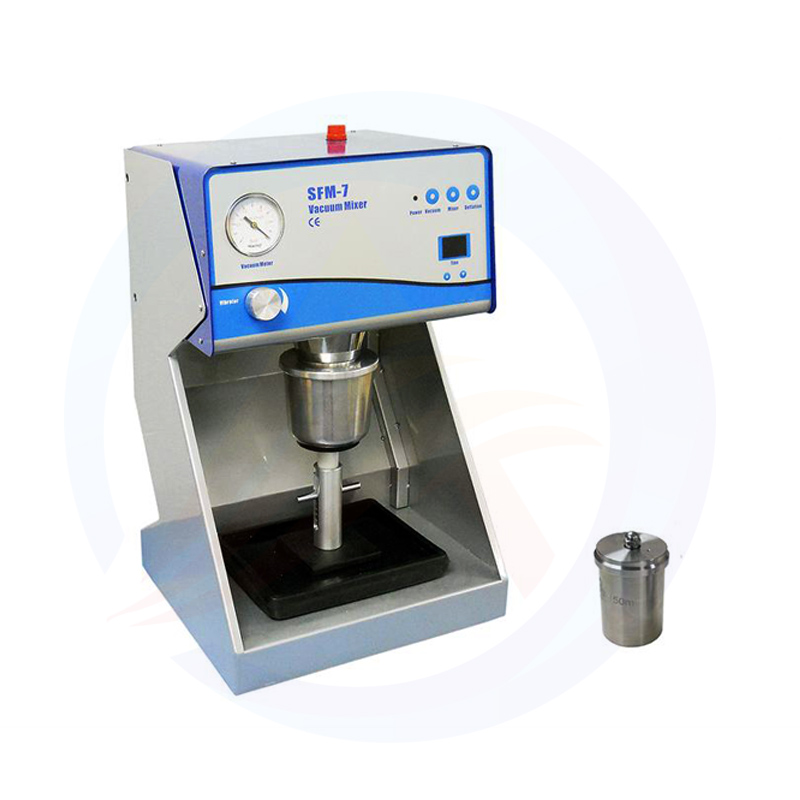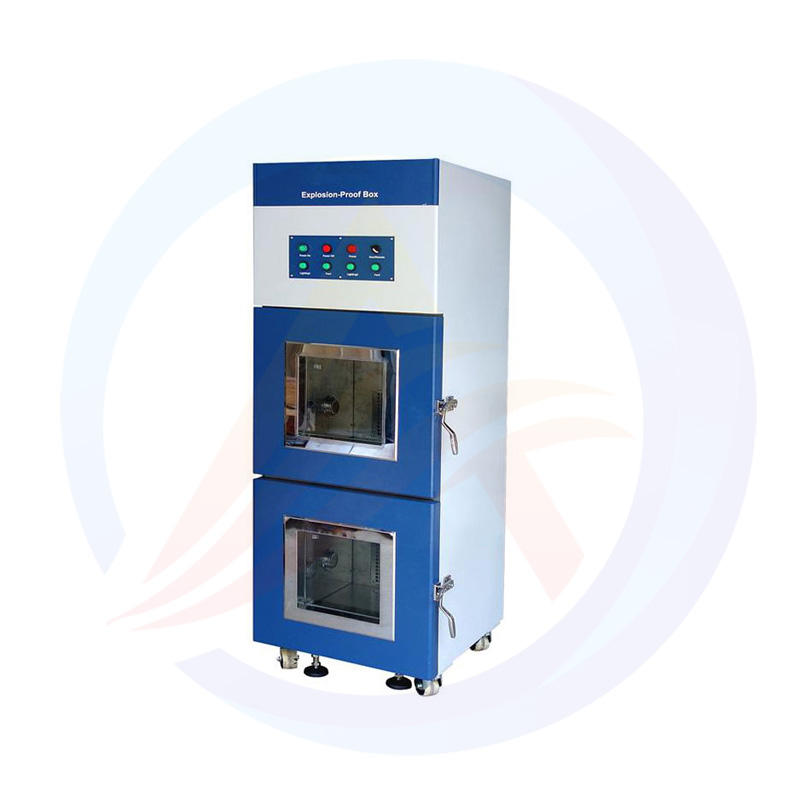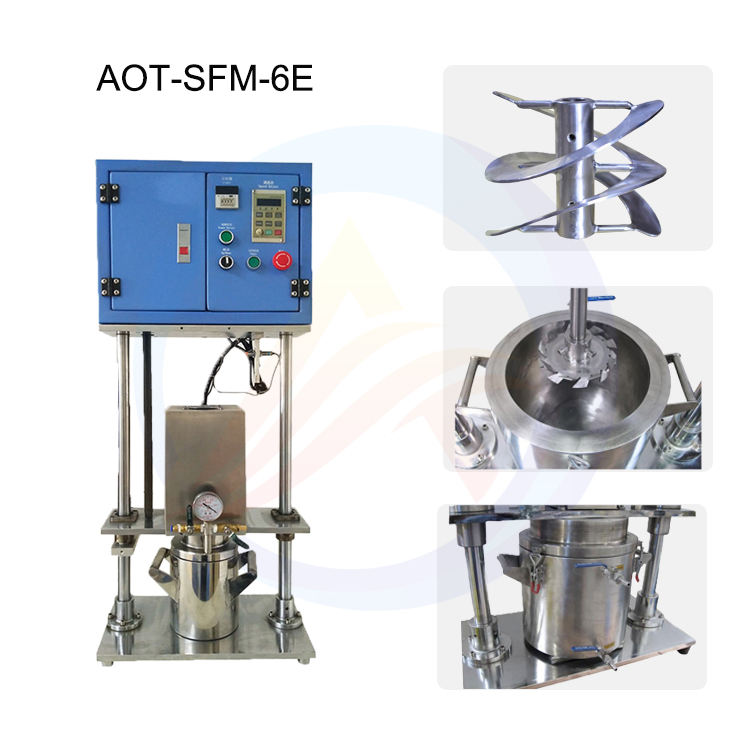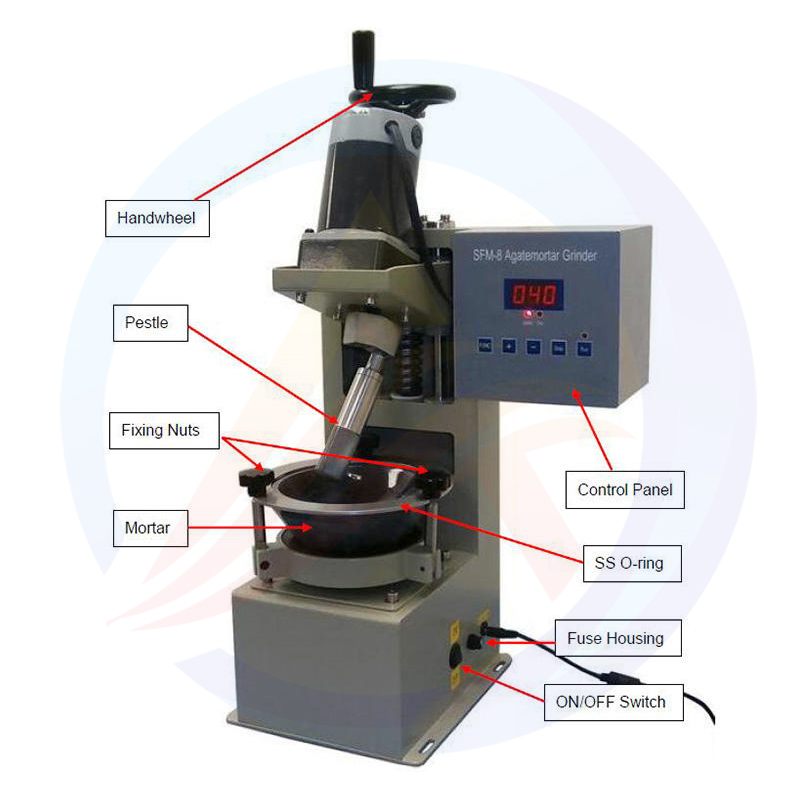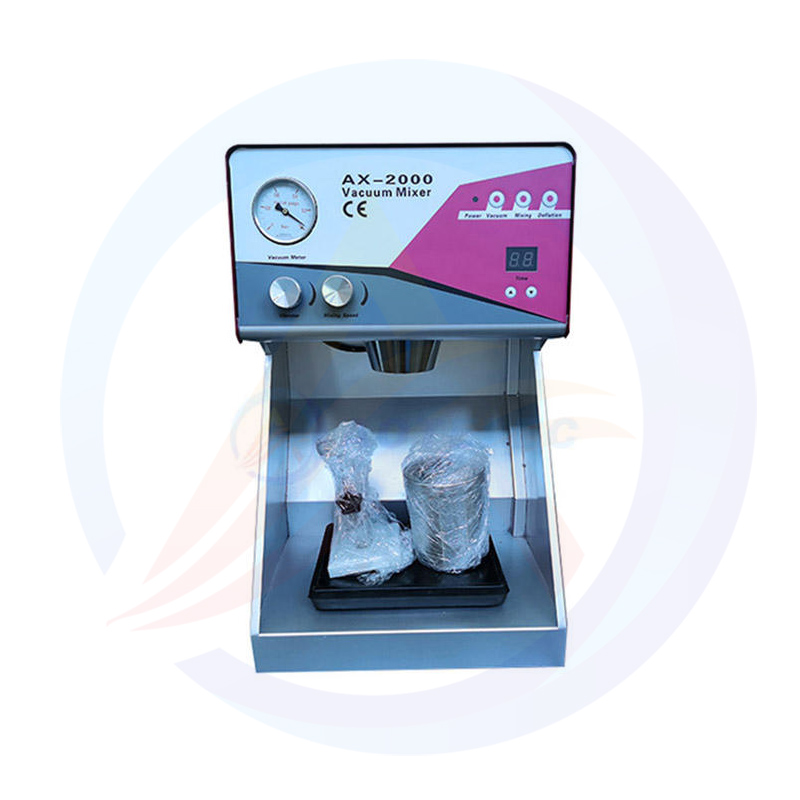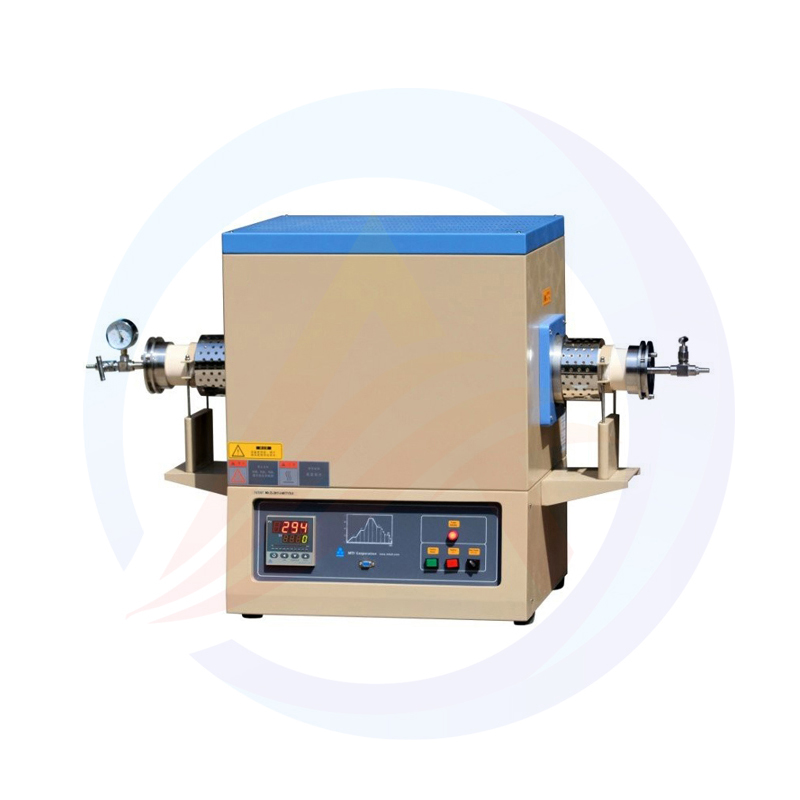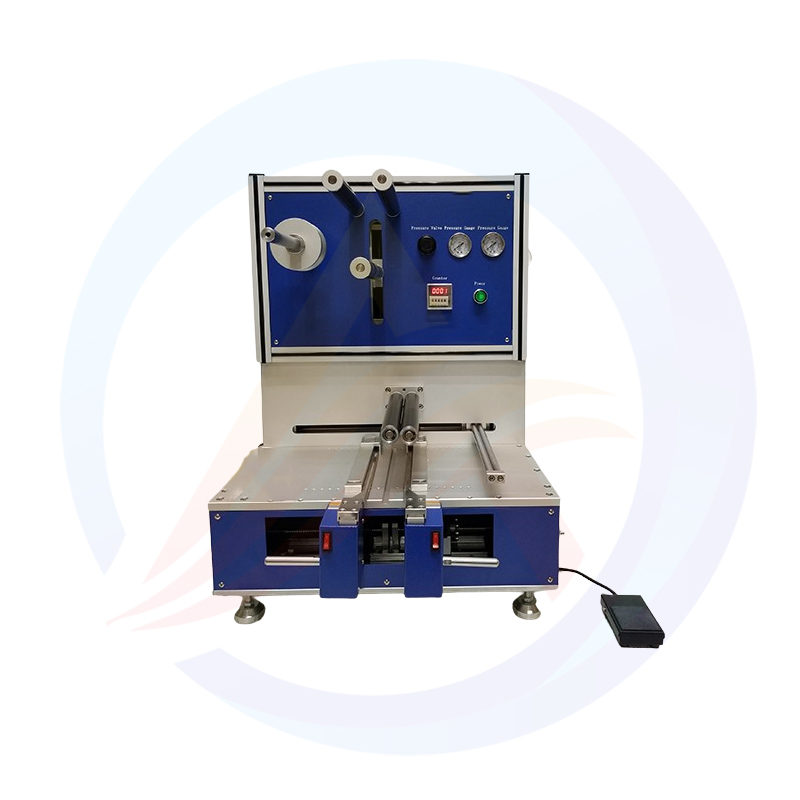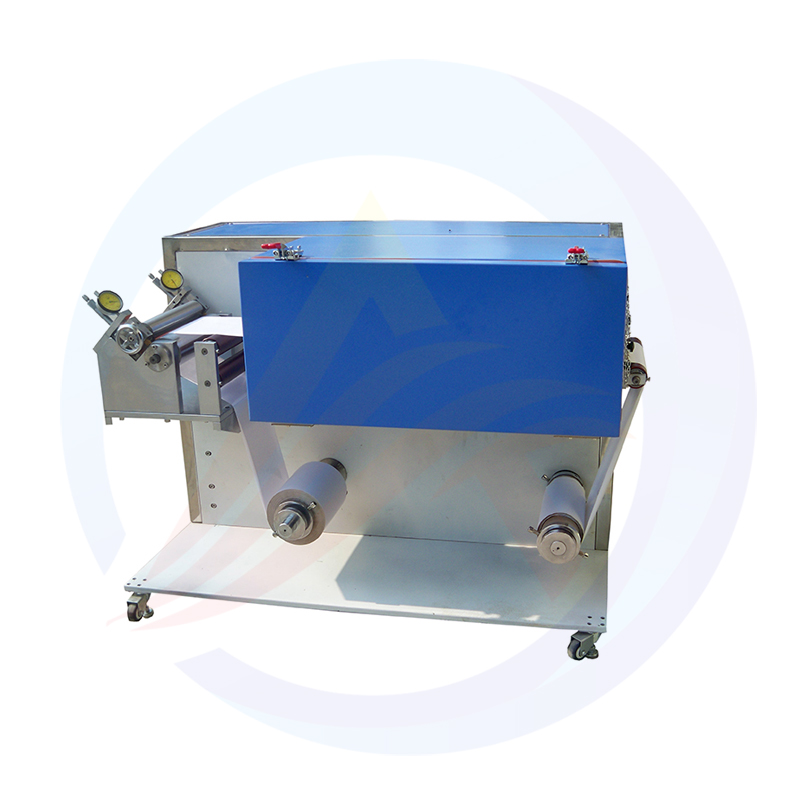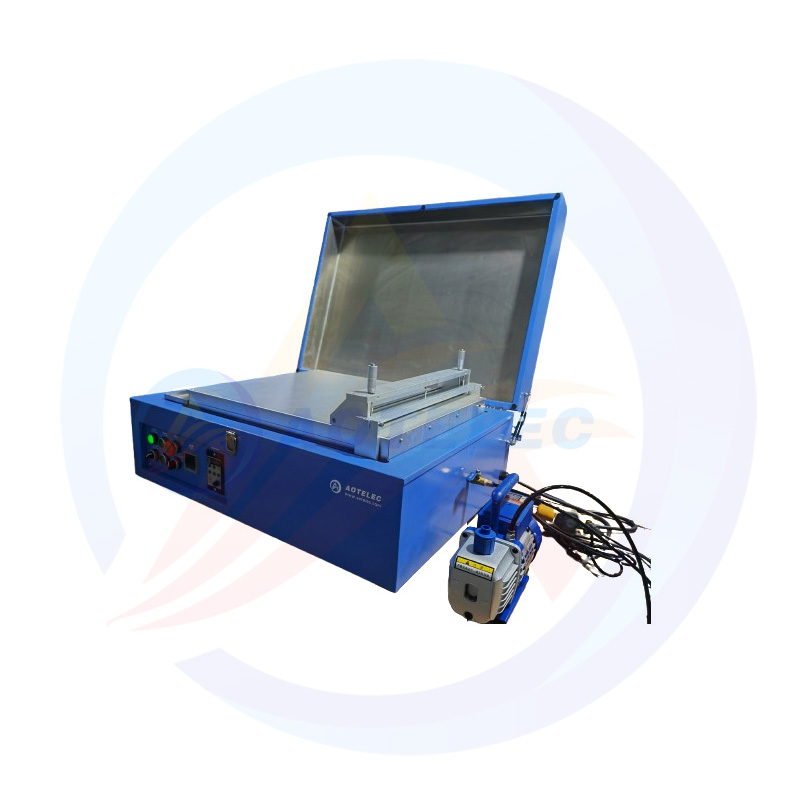Lthium battery manufacturing welding process
In the manufacturing process of lithium batteries or battery packs, over 20 steps involve welding to achieve conductive connections or seals. It can be stated that welding plays a crucial role in ensuring the safety, quality, lifespan, and cost-effectiveness of batteries. Among these steps, multi-layer electrode welding stands out as the pinnacle of excellence in lithium battery manufacturing welding processes and serves as an arena that best showcases the technical prowess of lithium battery welding equipment.
Currently available on the market is polar ear welding technology capable of achieving 60 layers, representing cutting-edge advancements in lithium battery equipment's welding capabilities. However, this falls short because current battery manufacturers have set forth requirements for next-generation technologies capable of accommodating more than 100 layers. After all, increasing the number of pole ear layers results in reduced internal resistance and enhanced rate performance for batteries.
Multi-layer electrode lug welding has become a bottleneck hindering large-scale production for power batteries and energy storage batteries.
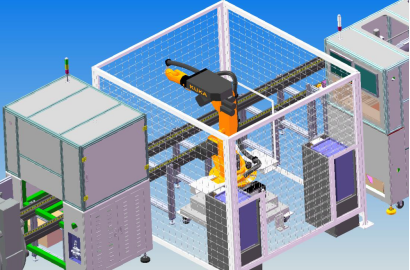
Comparison of various welding techniques
There are more than 10 traditional welding processes, and let's look at three common welding methods.
1) laser welding, the most common use at this stage. Laser welding belongs to non-contact welding and can realize remote welding. Laser welding has high density, large depth to width ratio, narrow heat affected zone and small welding deformation. Can be adjusted according to the requirements to complete accurate control.
2) ultrasonic welding, is a use of high-frequency vibration, under the action of static pressure, the elastic vibration energy into the friction work and deformation energy between the workpiece, a pressure welding method for local heating. The method has the advantages of high speed, high precision and no waste gas, waste residue and other pollutants. Suitable for welding of same or different metals.
3) resistance welding, mainly using spot welding, is rarely seen in the lithium battery manufacturing process, and is only used in the automotive manufacturing process. Resistance welding has the advantages of good working conditions, no need to add welding materials, simple operation, easy to realize automation and so on.
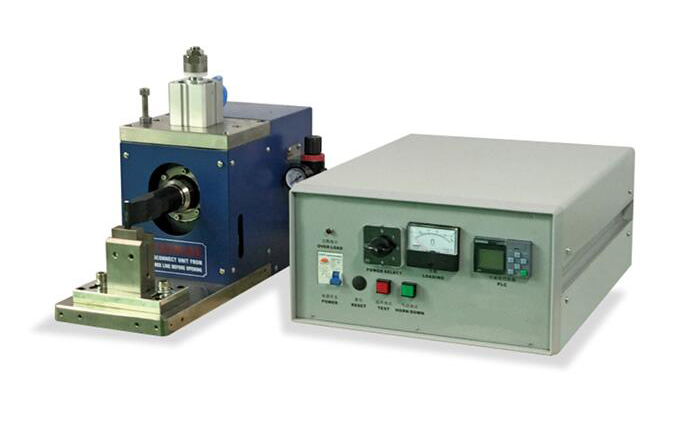
Pressure fusion welding subverts tradition
Pressure fusion welding is based on the innovation of resistance welding. Calloverde uses technology to eliminate spatter in resistance welding, making this traditional process easy to operate and easily automated, and can be applied to lithium battery manufacturing. In addition, Carlo Verde plays the advantage of interatomic bonding of resistance welding, completely solves the problem of conductivity of solder joints, and can also realize linear and ring connections.
Overcome the biggest difficulty in the application of resistance welding in lithium battery manufacturing, pressure fusion welding also combines ultrasonic welding and laser welding at one time to achieve a single welding from multi-layer pole to pole pole.

